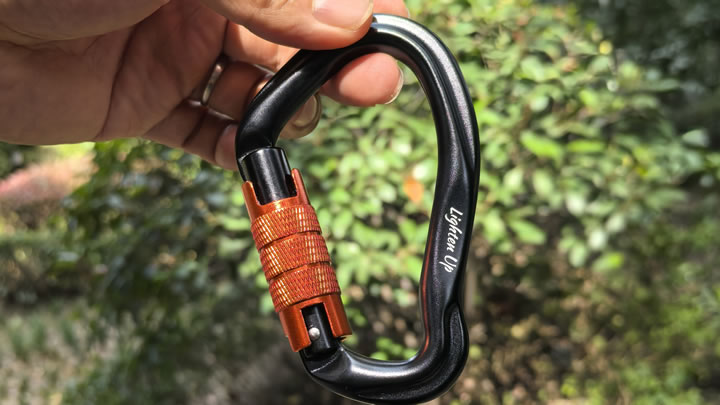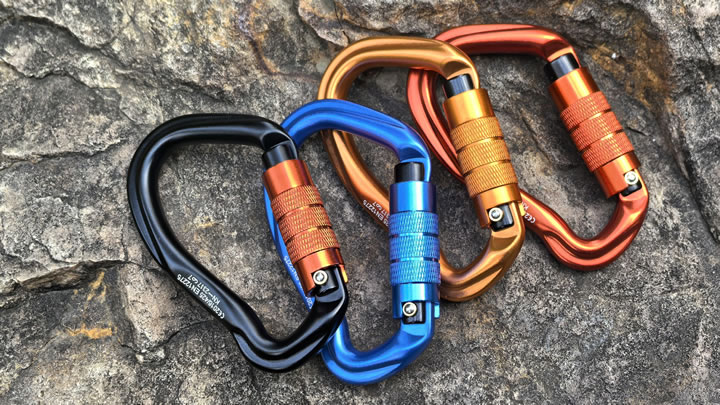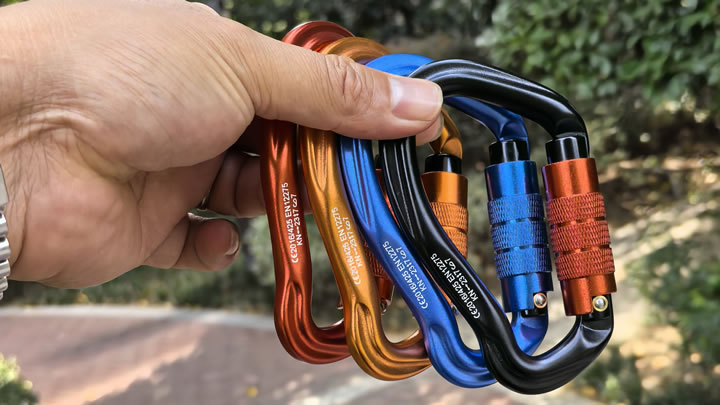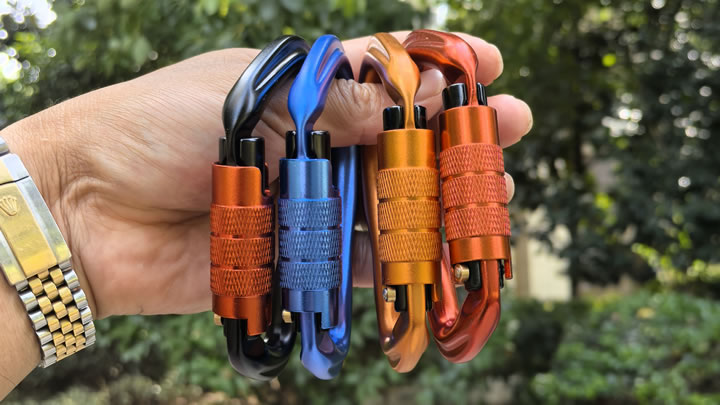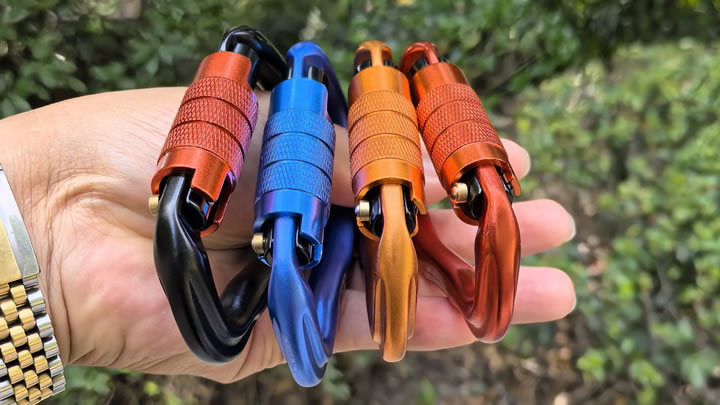Best material for camping: Nylon or canvas hammocks?
When gearing up for a camping trip, your hammock’s material can make or break your experience. Nylon and canvas are two popular choices, but they cater to vastly different needs. This guide compares their strengths, weaknesses, and ideal use cases to help you pick the perfect camping companion.

1. Material Breakdown: Nylon vs. Canvas
- Nylon:Composition: Synthetic, tightly woven fibers (often ripstop or parachute-grade).Weight: Ultralight (0.5–2 lbs / 225–900g).Weather Resistance: Water-repellent, quick-drying, UV-resistant coatings.
- Canvas:Composition: Heavy-duty cotton or cotton-polyester blend.Weight: Bulky (3–8 lbs / 1.4–3.6kg).Weather Resistance: Absorbs moisture, slow to dry, prone to mold.
Key Insight: Nylon prioritizes portability and weather readiness; canvas focuses on ruggedness and breathability.
2. Nylon Hammocks: Pros and Cons
Advantages
- Lightweight & Packable: Fits into a backpack without adding bulk—ideal for backpackers.
- Quick-Drying: Sheds rain and sweat, preventing mildew in humid climates.
- Durability: Resists tears, UV rays, and abrasion (especially ripstop variants).
- Low Maintenance: Rinse with water, air-dry, and store.
Drawbacks
- Less Breathable: Can feel sticky in extreme heat without airflow.
- Thinner Fabric: May lack the plush feel of canvas for lounging.
Best For: Backpacking, kayaking, thru-hiking, or rainy environments.
3. Canvas Hammocks: Pros and Cons
Advantages
- Breathability: Natural cotton fibers allow airflow, ideal for hot, dry climates.
- Comfort: Thicker fabric feels softer and more supportive for extended lounging.
- Durability: Withstands heavy loads (up to 600+ lbs) and rough use.
Drawbacks
- Weight & Bulk: Too heavy for long hikes; better suited for car camping.
- Moisture Issues: Absorbs rain and sweat, leading to mold if not dried thoroughly.
- High Maintenance: Requires frequent washing and careful storage.
Best For: Car camping, basecamps, or dry climates where weight isn’t a concern.
4. Critical Camping Factors Compared
Weather Adaptability
- Nylon: Excels in rain, humidity, or dewy conditions. Pair with a tarp for storms.
- Canvas: Avoid in wet weather—becomes waterlogged and takes hours to dry.
Setup Flexibility
- Nylon: Works with lightweight straps and carabiners; easy to hang between trees.
- Canvas: Requires heavy-duty straps due to weight; less versatile for tight spaces.
Longevity
- Nylon: Lasts 5–10 years with proper care but may degrade under constant UV exposure.
- Canvas: Outlasts nylon in abrasion resistance but deteriorates faster in damp climates.
5. Cost and Value
- Nylon: 20–20–100. Budget options suit occasional campers; premium versions include mosquito nets or tarps.
- Canvas: 50–50–200. Higher initial cost, but longevity justifies price for frequent car campers.
Pro Tip: Invest in a double-layered nylon hammock for added durability at minimal weight cost.
6. User Scenarios: Which Should You Choose?
- Pick Nylon If:You hike, paddle, or bike to your campsite.You camp in rainforests, coastal areas, or unpredictable weather.You prioritize gear that packs small and dries fast.
- Pick Canvas If:You drive to your campsite and value comfort over portability.You camp in arid, sunny environments (e.g., deserts).You need a hammock for group use or heavy loads.
7. Enhancing Performance
- Nylon Hacks:Add a sleeping pad for insulation in cold weather.Use a DWR spray to boost water resistance.
- Canvas Hacks:Treat with a mold-resistant spray before trips.Hang loosely to promote airflow and faster drying.
8. Eco-Friendliness
- Nylon: Synthetic and less biodegradable but lasts longer, reducing waste.
- Canvas: Natural cotton is biodegradable but resource-intensive to produce.
Sustainability Tip: Choose recycled nylon or organic canvas to minimize environmental impact.
Final Verdict
For most campers, nylon hammocks are the clear winner due to their lightweight design, weather resistance, and adaptability to rugged terrain. They’re the go-to for backpackers, kayakers, or anyone facing unpredictable conditions. Canvas hammocks, while less versatile, shine in dry, car-accessible campsites where comfort and breathability trump portability.
Match your choice to your camping style:
- Adventurers on the move: Nylon.
- Comfort-driven car campers: Canvas.

